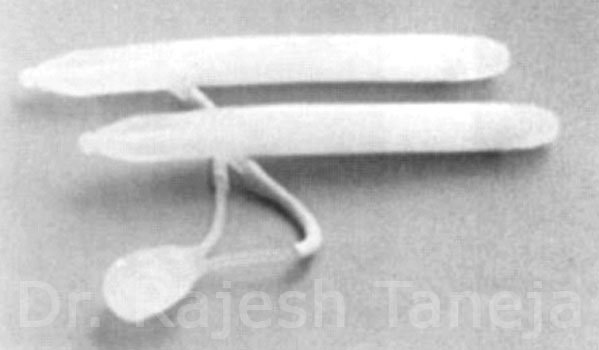Surgery for Male Sexual Dysfunction - Impotence
Sexual dysfunction can be devastating for any man and his partner. Not only does it impair the quality of life, but also exposes the individual to a horde of psycho social problems. Erectile dysfunction is typically treated with oral medication, Sildenafil (Viagra) being the first of such drugs approved by the FDA for such use. However, use of medical treatment of erectile dysfunction (or more commonly known as Impotence) has a certain failure rate which ranges from 30 – 45%. The failure of medical treatment is more with men in the older age group, cases with surgery on the pelvic organs (e.g. surgery for cancer of prostate, or accidental injury to the bony pelvis etc.), and men with diffuse disease of blood vessels ( Atherosclerosis), Diabetes Mellitus and any other organic disorder of nerves and blood vessels. Such situations can be salvaged by surgical implantation of devices which mimic physiological erection in the male organ.
- What are penile implants?
- Who should go for such a treatment?
- What are the pre requisites for this type of surgery?
- How is the surgery performed?
- What is the usual recovery period?
- What are the risks involved?
- What are the various implants available?
- How does one choose the implant?
Silicone Penile Implants for Impotence (Sexual Dysfunction)
A wide range of these devices are available. One could choose to have simple semi rigid silicone rod like implants to a sophisticated Inflatable device. The advantage of an inflatable device is that the device could be inflated using a small pump located in the scrotum and after sexual activity, it can be deflated so that it can be comfortably concealed in the clothing, simulating a natural function. The problem with semi rigid rods is the difficulty in concealing the implant as the organ would appear to be in a perpetually erect state. However there is substantial difference in the cost of the two.




